Drinking water for 13 villages
TIM-SFV aimed to facilitate access to safe drinking water for 80,000 villagers in 13 remote villagers in the region of Aloatra Mangoro in Madagascar. The objective was to decrease the prevalence of water-related disease in the region by at least 30%, thanks to the permanent availability of drinking water, through chlorination, in at least 80% of project intervention zones and the permanent availability of clean water in all health centres (to decrease the number of water-related diseases contracted in hospital, by at least 50%).
Watalys kits were successfully delivered to the thirteen target villages together with training and awareness campaigns for the villagers, carried out by by volunteer “water committees”. The rate of diarrheal disease compared to that of the total population of the Alaotra Mangoro region fell from an average of 8% in 2004, to an average of between 1.3 and 2.8% in 2014 (the average rate at the national level is 6%). The villagers surveyed recognised the positive impact of the home-based water purification kits. Each target village also put in place a sustainability plan in the form of a fund to pay for the maintenance or renewal of the water chlorination apparatus (part of the Watalys kit).
Tiako-i-Madagasikara Suisse France Voisine (TIM-SFV) is a Swiss association founded in 2002 in Geneva. It aims to promote access to safe drinking water in rural areas through the provision of an apparatus for water chlorination: Watalys.
Type
HealthDuration
March 2012 - December 2014Location
MadagascarWith whom
Tiako-i-Madagasikara Suisse France Voisine (TIM-SFV)
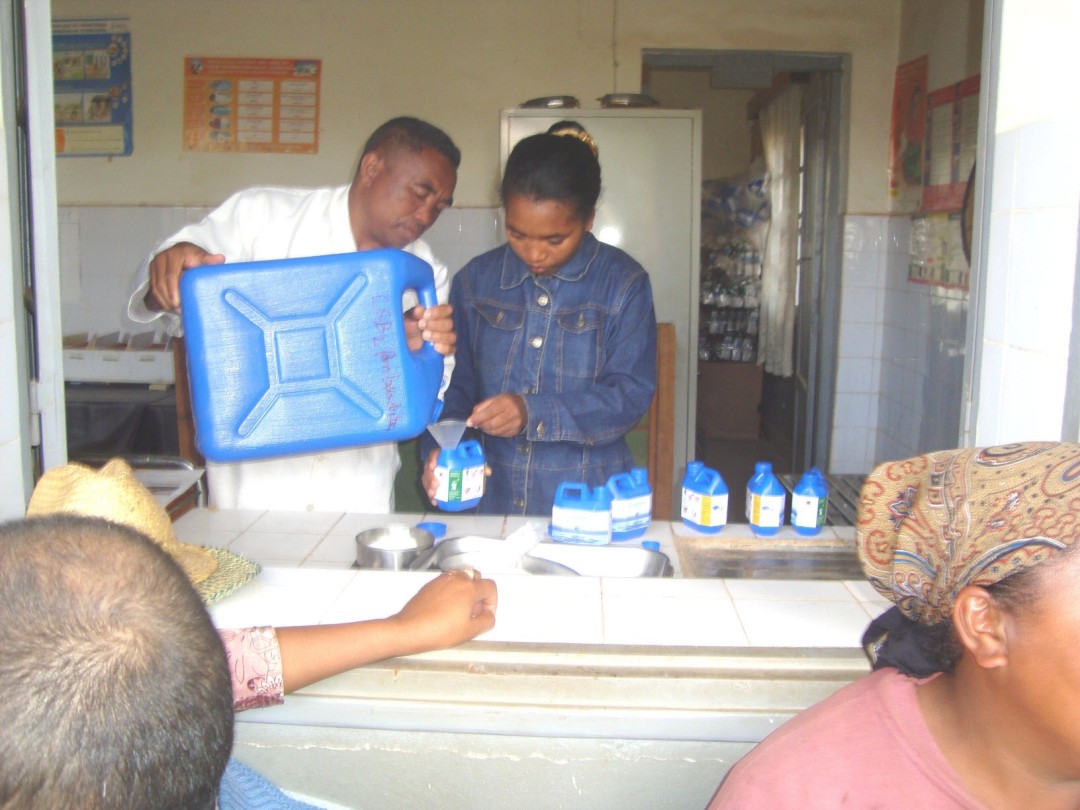
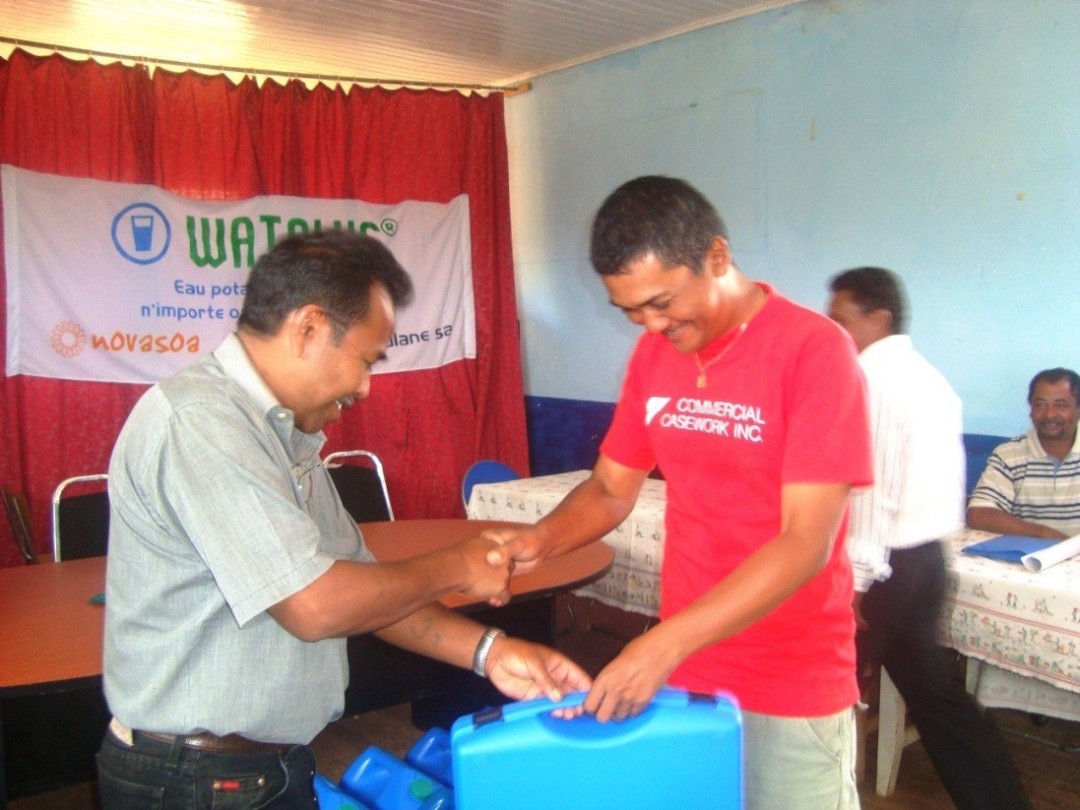
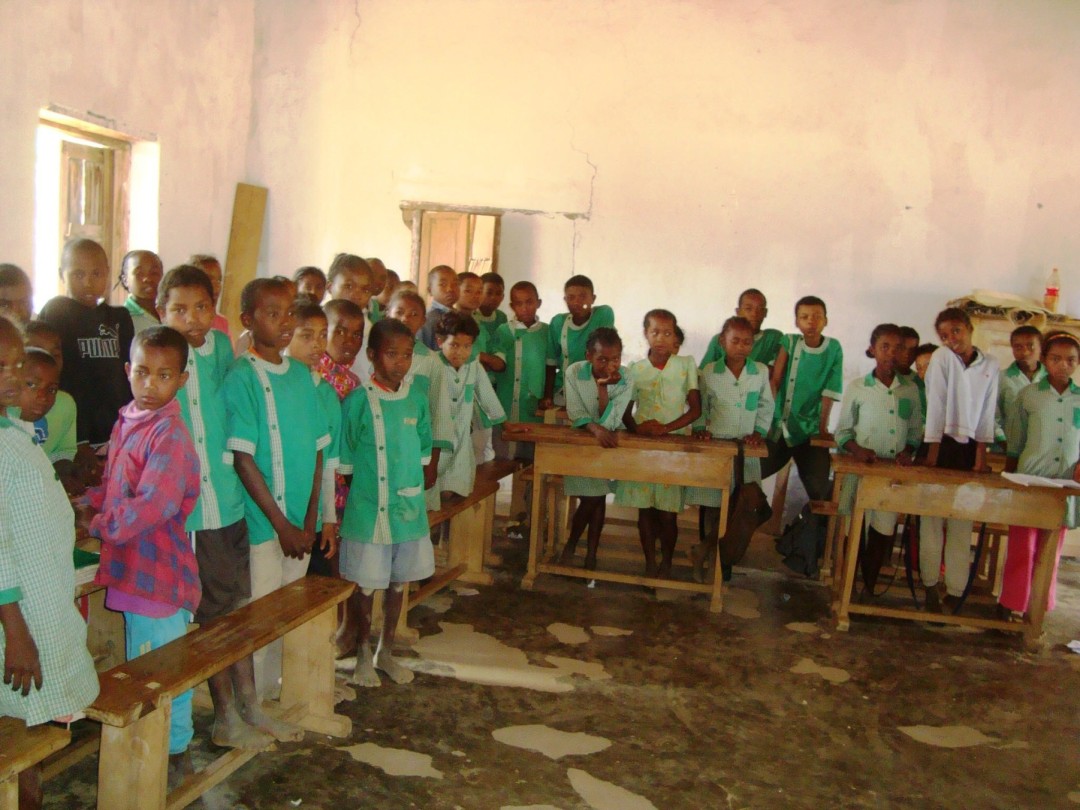

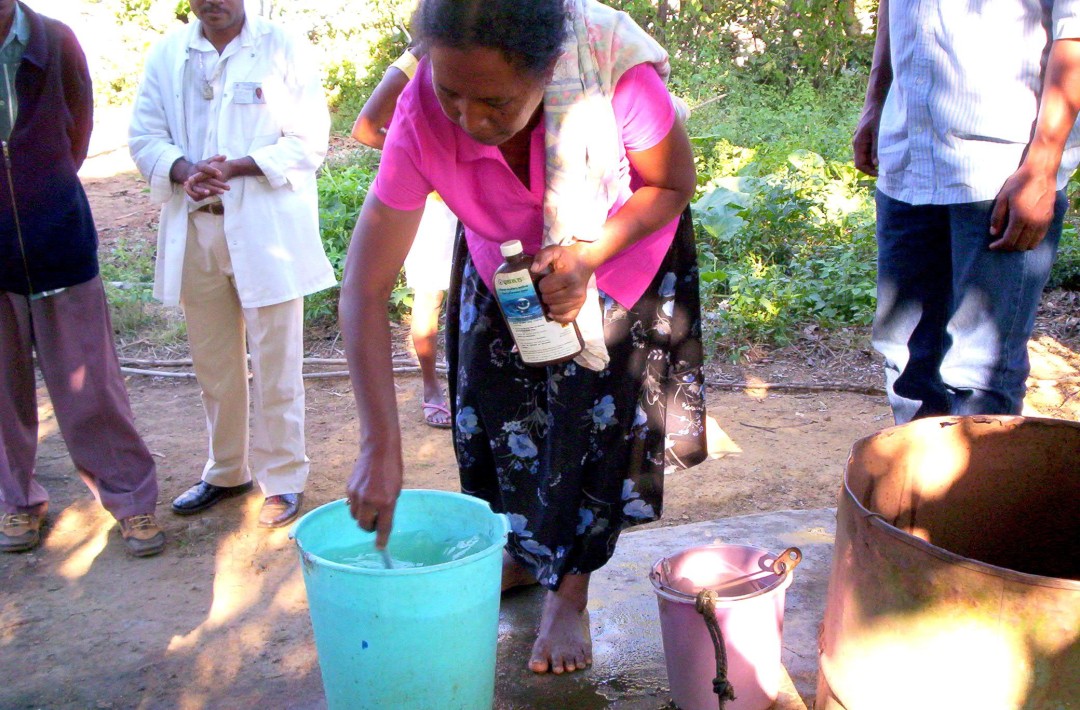
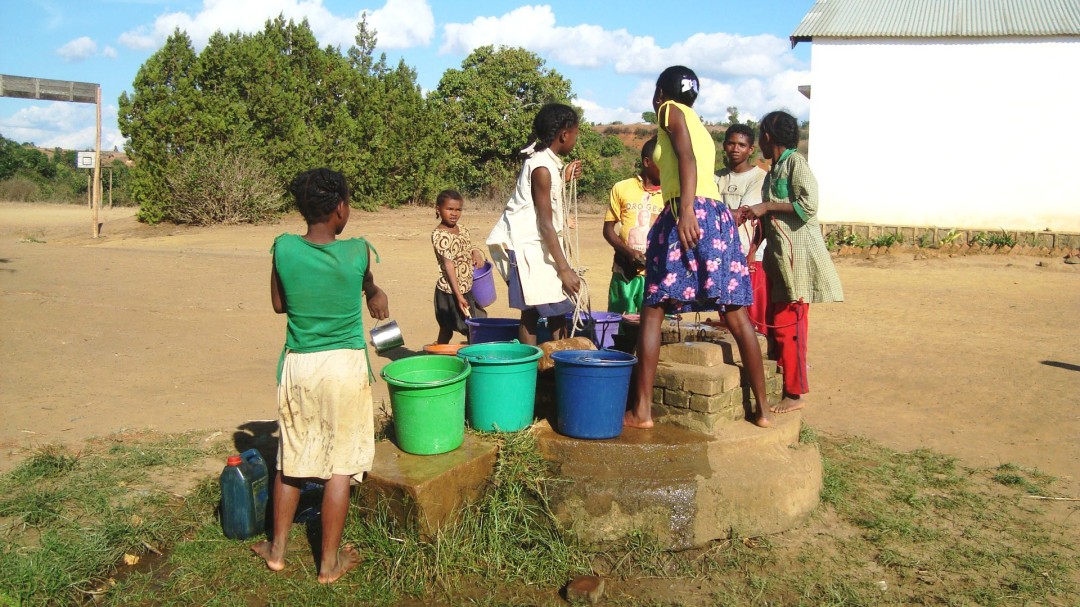
Madagascar
Population
25.6 million (2017)
Per Capita Income
USD 400/year (2017)
Poverty rate *
71% (2012)
Literacy rate
72% (2016)
Human Development Index
161st out of 189 countries (2018)
The political instability affecting Madagascar since 2009 has undermined government institutional capacity, economic growth and development efforts. Its education, health, nutrition and water access outcomes are among the poorest in the world. The poverty rate has sharply increased since 2009, with 90% of the population living below the international poverty line. Almost half of all children under five are chronically malnourished. In addition, the country is particularly vulnerable to natural disasters, including cyclones, droughts and floods. It is also faced with the challenge of preserving its unique environment and biodiversity of global significance.
Sources: World Food Program, UNICEF, World Bank, 2016 Human Development Report, Human Development Indices and Indicators (2018 Statistical Update)
*The percentage of the population living below the national poverty line.